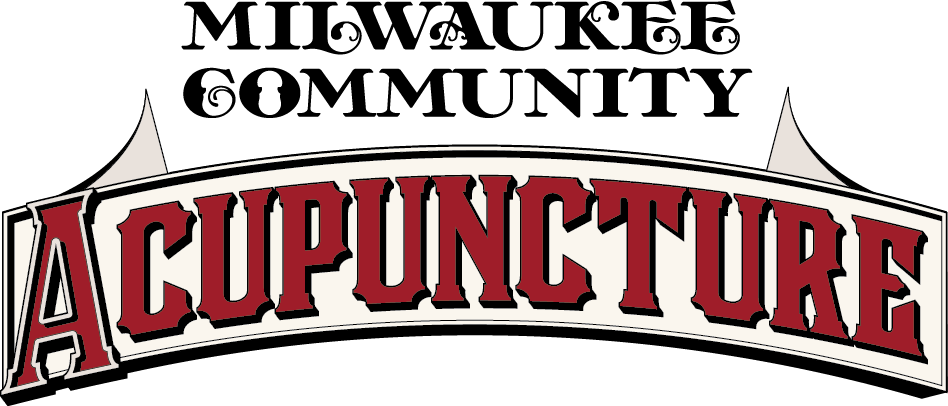Community acupuncture, affordable healthcare for everyone
/*This is a reprint of an article, written by our own Megan Bielinski, that originally appeared in the May edition of the Bayview Compass.
Acupuncture is one of the oldest medical traditions, yet many Americans are unfamiliar with this method of healthcare. Even among those who have experienced acupuncture, many see it as an expensive niche therapy. This is unfortunate because acupuncture has always been intended to treat everyday ailments. Thankfully, many American acupuncturists are challenging these preconceptions by making acupuncture more affordable and accessible by embracing the community acupuncture model.
The concept and practice of community acupuncture originated in China, as practitioners sought to treat as many patients as possible in crowded hospitals. As more American practitioners of Traditional Oriental Medicine started going to China to do clinical rotations, this model of practice started to answer the broader question: how can we bring acupuncture to the masses in America in a format that maximizes acupuncture’s effectiveness?
The history of community acupuncture in America started in Portland in 2002, when Lisa Rohleder and Skip Van Meter opened Window of the Sky (now named Working Class Acupuncture). They saw that acupuncture was unaffordable for some people, even though it is one of the safest and least expensive treatment modalities for many common ailments like pain and mental health. It was important to Rohleder and Van Meter to provide an affordable option at a time when rising healthcare costs and pre-existing condition limitations were preventing many from receiving the treatment they needed. At the same time, they wanted to help fellow acupuncturists earn a living wage through a sustainable business model.
Acupuncture is a cumulative medical modality. This means that treatments are most effective when you utilize them often (weekly or biweekly), committing to multiple treatments. Much like going to the gym, you need repetition with acupuncture treatment. You can’t expect to see results if you only go once. But unlike a gym, where a flat membership fee encourages frequent exercise, most acupuncturists are forced to charge high hourly rates that prevent many patients from incorporating acupuncture into their regular health routine. It’s not that these acupuncturists are greedy, but rather that the business of acupuncture has been shoehorned into the inefficient Western medical model.
This is where community acupuncture comes in. Instead of a single acupuncturist seeing a few patients a day, community acupuncture clinics are staffed with multiple acupuncturists who can each treat six to eight patients an hour. To accommodate the higher patient volume, community acupuncture is typically performed in a large open room filled with many comfy recliners, rather than on massage tables in private rooms.
At Milwaukee Community Acupuncture in Bay View, we may see upwards of 75 people over the course of a full day. The reduced overhead costs of room rental and time a patient spends resting with the needles maximize patient volume, thus driving down costs, making acupuncture affordable and accessible for everyone. Treatments are designed to be efficient and are thus able to be offered on a sliding scale of $15-40, without any proof of income.
In a typical community acupuncture treatment, patients come into the community space, take off their shoes and socks, push up their sleeves and pant legs and wait for the acupuncturist on staff to perform a short intake. After a diagnostic assessment of the pulses, patients are pushed back into recliner-chair heaven and allowed to relax with acupuncture needles for about 40 minutes, next to their neighbors who are likewise relaxing in their recliners. Although this style of acupuncture focuses on acupuncture on the arms, legs head and neck, it excels at treating everything from low back pain to migraines.
Community acupuncture’s affordability and social entrepreneurship were highlighted by Rohleder in 2006 when she published The Remedy: Integrating Acupuncture into American Healthcare. By the end of that year, there were 11 clinics in the United States. practicing community acupuncture. Today, there are over 200 member clinics of People’s Organization of Community Acupuncture (POCA).
You can join the revolution of community acupuncture and become a sustaining member of the POCA co-op at pocacoop.com.
